Site Search
Displaying results 111 - 120 of 184
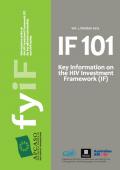
Resource | Publications,
The HIV Investment Framework (IF) is a model for HIV and AIDS investment and prioritisation for maximum impact. The IF advocates for a short-term increase in HIV funding in order to reduce funding requirements over the long term.
IF is aligned to the investment thinking approach to resourcing of the HIV response. This means treating resources for the HIV response as investments that will deliver returns, rather than as expenses that will always have gaps demanding to be filled.
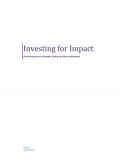
Resource | Publications,
Myanmar recognizes the HIV epidemic as one of its most serious health challenges: AIDS is one of the priority diseases in the National Health Plan. The country is committed to achieving a series of national and global strategic targets. The second National Strategic Plan on AIDS 2011–2015 (NSP II), which guides Myanmar’s AIDS response, identifies three strategic priorities – HIV prevention, a comprehensive continuum of care for people living with HIV (PLHIV), and mitigating the impact of the disease on PLHIV and their families.
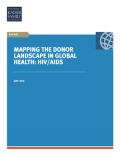
Resource | Publications,
The donor landscape for HIV/AIDS is varied and complex, with multiple donors providing assistance to many different regions and countries, and an average of 10 donors providing aid for HIV per recipient country. Despite the high number of donors in this space, however, the actual amount of funding provided for HIV/AIDS is concentrated among a small number of donors, with just two – the United States and the Global Fund to Fight AIDS, Tuberculosis and Malaria (Global Fund) – accounting for 80% of funding.
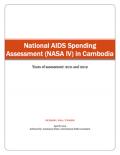
Resource | Publications,
This round of the National AIDS Spending Assessment (NASA IV) follows the same methodological approach which has been applied in the NASA III and described in the NASA III report.
NASA team always aims to collect expenditure data from all actors of the response. These organizations – actors of the HIV response – are playing different roles in different transactions, either financial or in-kind. The organization acts as a Financing Source when it makes money available for the country’s HIV response. It transfers funds to the other organizations who decide what should be implemented and who will be implementing. This role is a role of a Financing.

Resource | Presentations,
Principles of the new funding model:
- Greater alignment with country schedules, context, and priorities
- Focus on countries with the highest disease burden and lowest ability to pay, while keeping the portfolio global
- Simplicity for both implementers and the Global Fund
- Predictability of process and financing levels
- Ability to elicit full expressions of demand and reward ambition
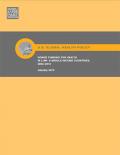
Resource | Publications,
Trends between 2002 and 2010 provide an indication of donor priorities and important shifts. For instance, the U.S. remained the largest donor to health in each year over the period and provided the greatest share of its ODA for health. Additionally, the donor mix has shifted over time, in part due to the entrance of new donors, particularly the Global Fund, which was created in 2002 and has been the second largest donor since 2006. The U.S. and the Global Fund combined accounted for more than half of total donor funding for health in 2010.
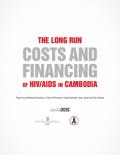
Resource | Publications,
The methodology for carrying out this study has centered on three elements:
- projection of the course of the epidemic under different program scale-up scenarios;
- estimating the resources required for addressing the HIV/AIDS epidemic as it unfolds according to the different scenarios; and,
- assessing how the resources required in the future might be financed.
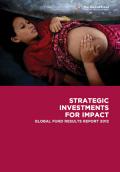
Resource | Publications,
The Global Fund Results Report 2012 presents the latest data from recipients of Global Fund grants in 151 countries – as well as the latest evidence of impact on the HIV, tuberculosis (TB) and malaria pandemics, and the most up-to-date information on Global Fund financing. It highlights the continued progress and the scale-up achieved by low- and middle-income countries around the world, made possible by the collaboration and efforts of hundreds of governments, donors, recipients, technical agencies, private companies and civil society organizations.
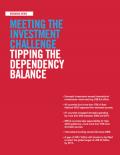
Resource | Publications,
Domestic investments have surpassed global giving in 2011. Low- and middle-income countries invested US$ 8.6 billion in 2011. While countries are tipping the balance, international assistance still remains critical and indispensable in the short and medium term. International assistance from donor government and philanthropies has remained stable at around US$ 8.2 billion in the past few years.
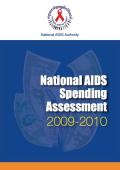
Resource | Publications,
The National AIDS Authority (NAA), as part of its mandate to monitor and evaluate the national response to HIV and AIDS in Cambodia, conducted the third National AIDS Spending Assessment (NASA III) in early 2011. The assessment covered 2009 and 2010, and together with data obtained in the two previous NASA rounds, has allowed for analysis of trends in resource flows from 2006 to 2010. The three assessments have produced valuable data which are used to monitor Cambodia’s National Strategic Plan for Comprehensive and Multi sectoral Response to HIV and AIDS (NSP) and to report on expenditures nationally and globally.





